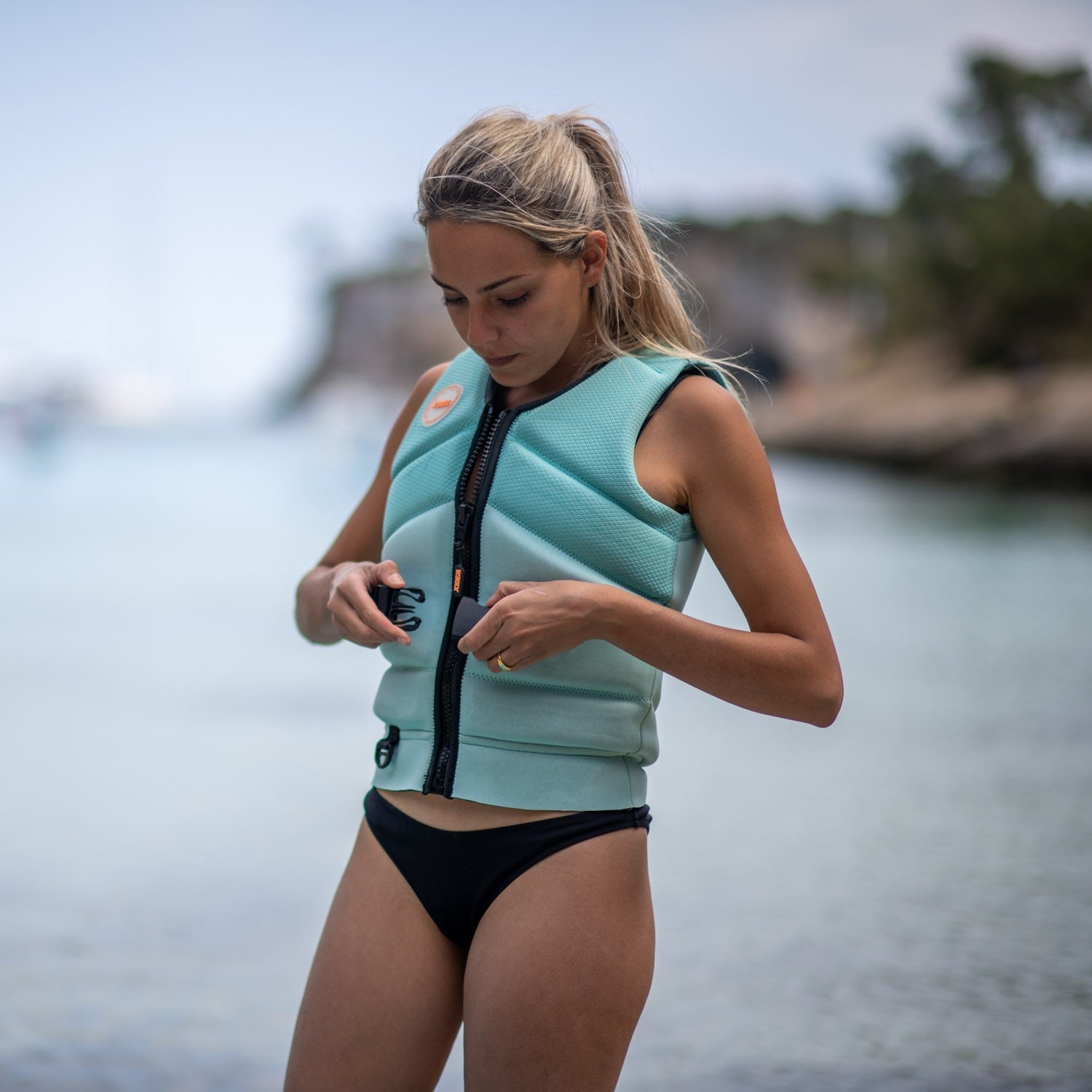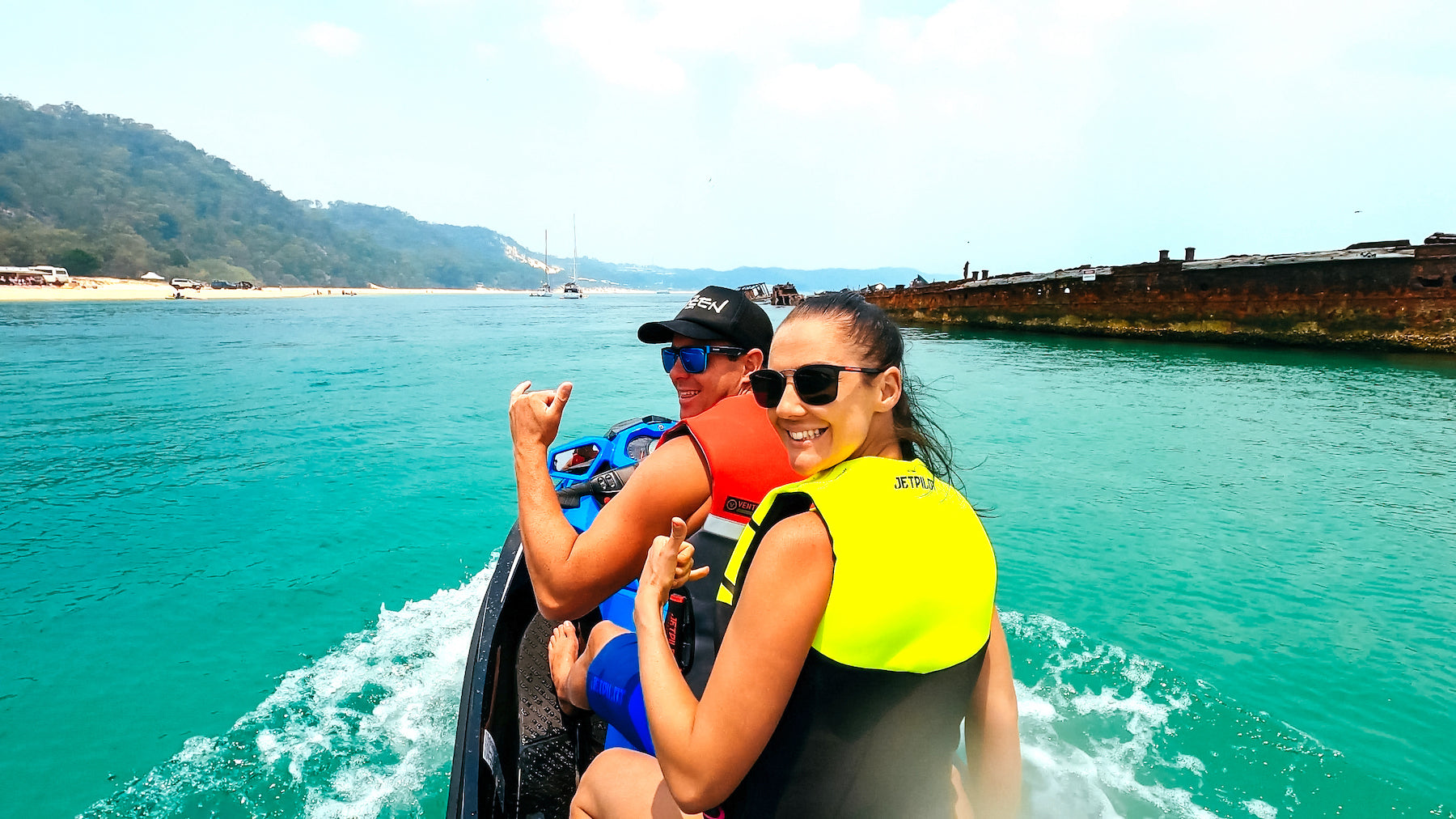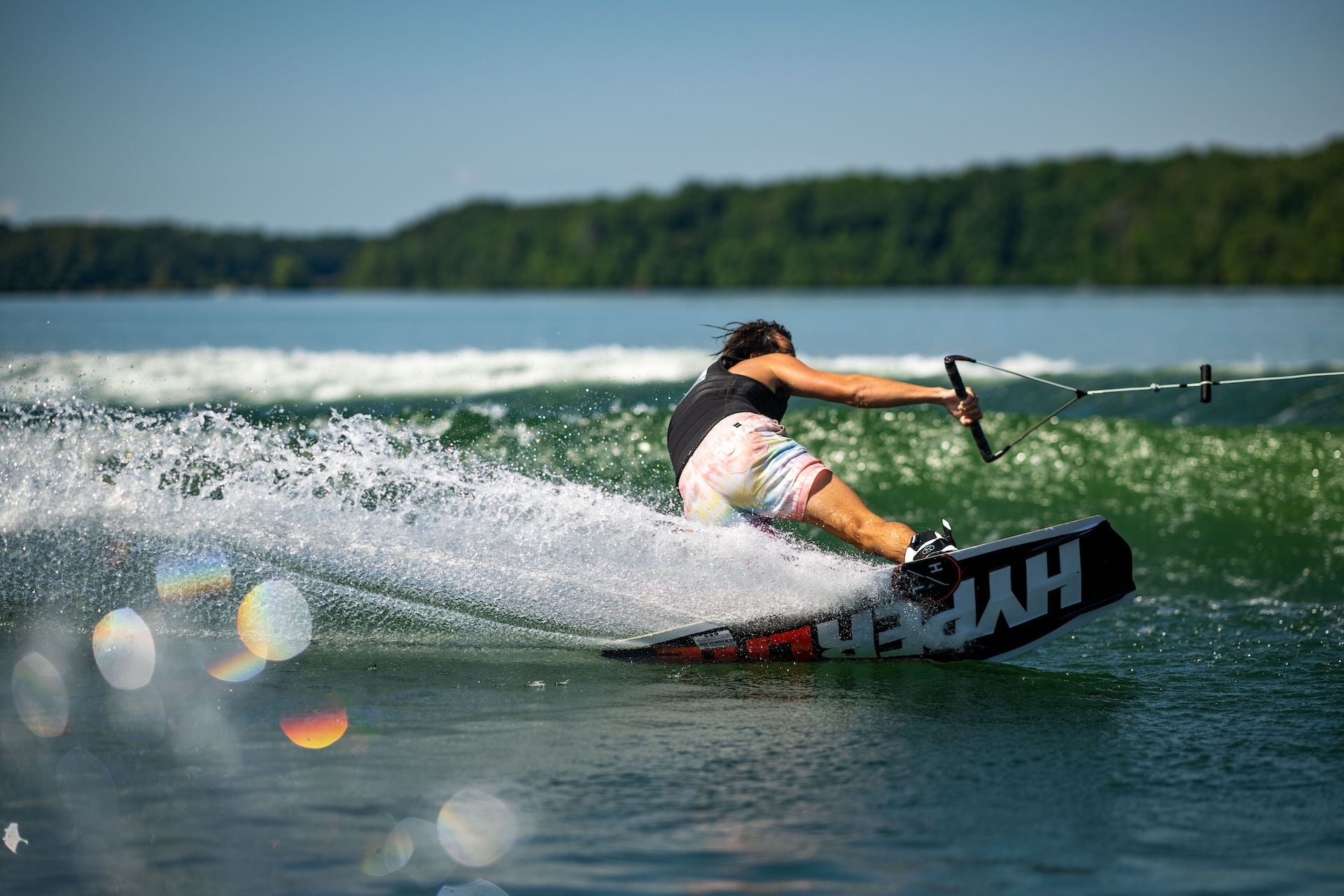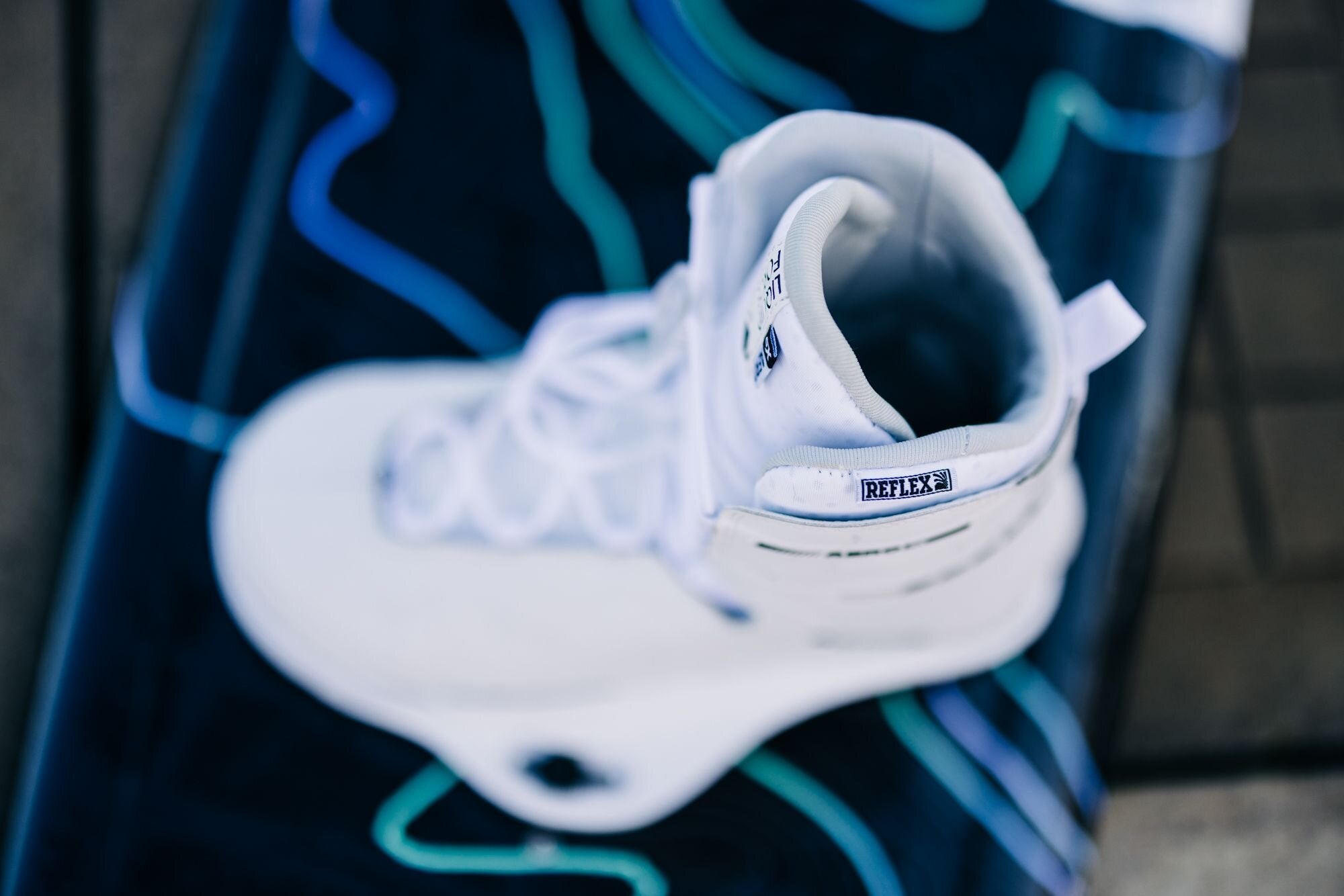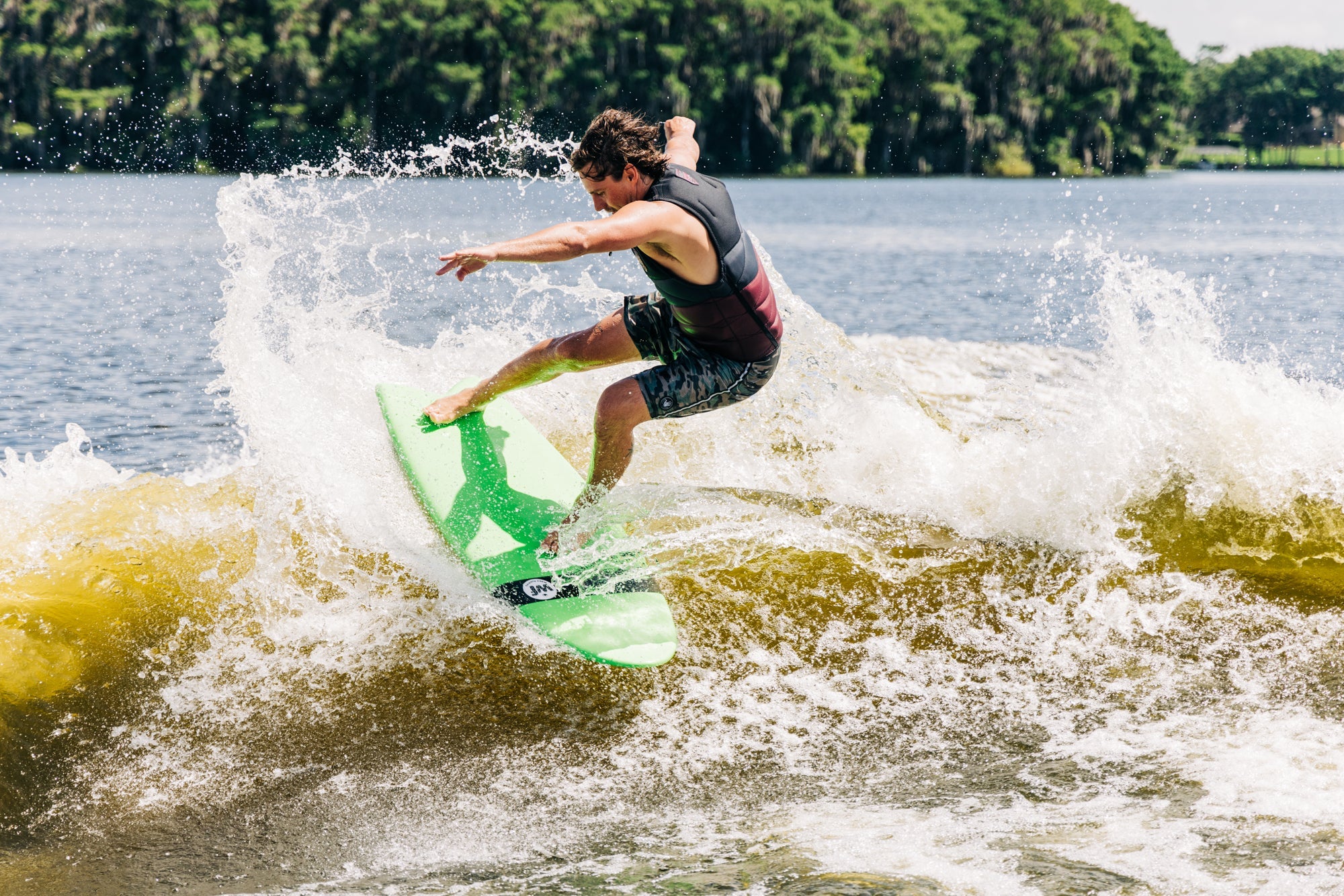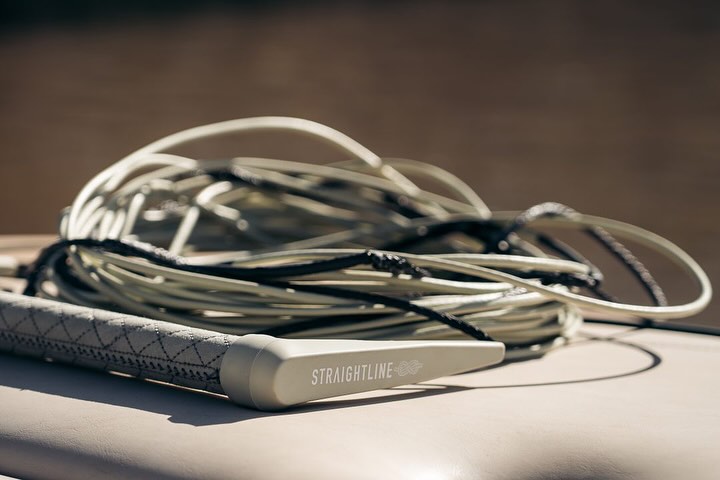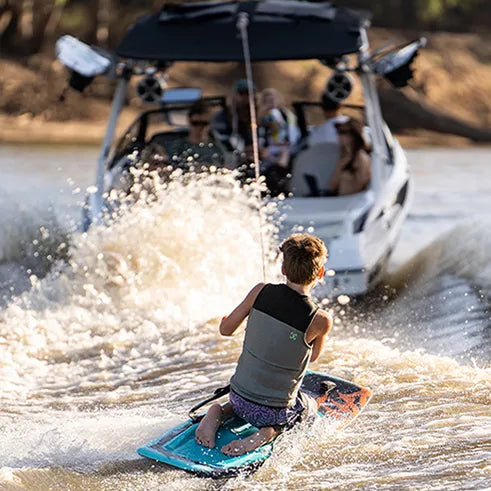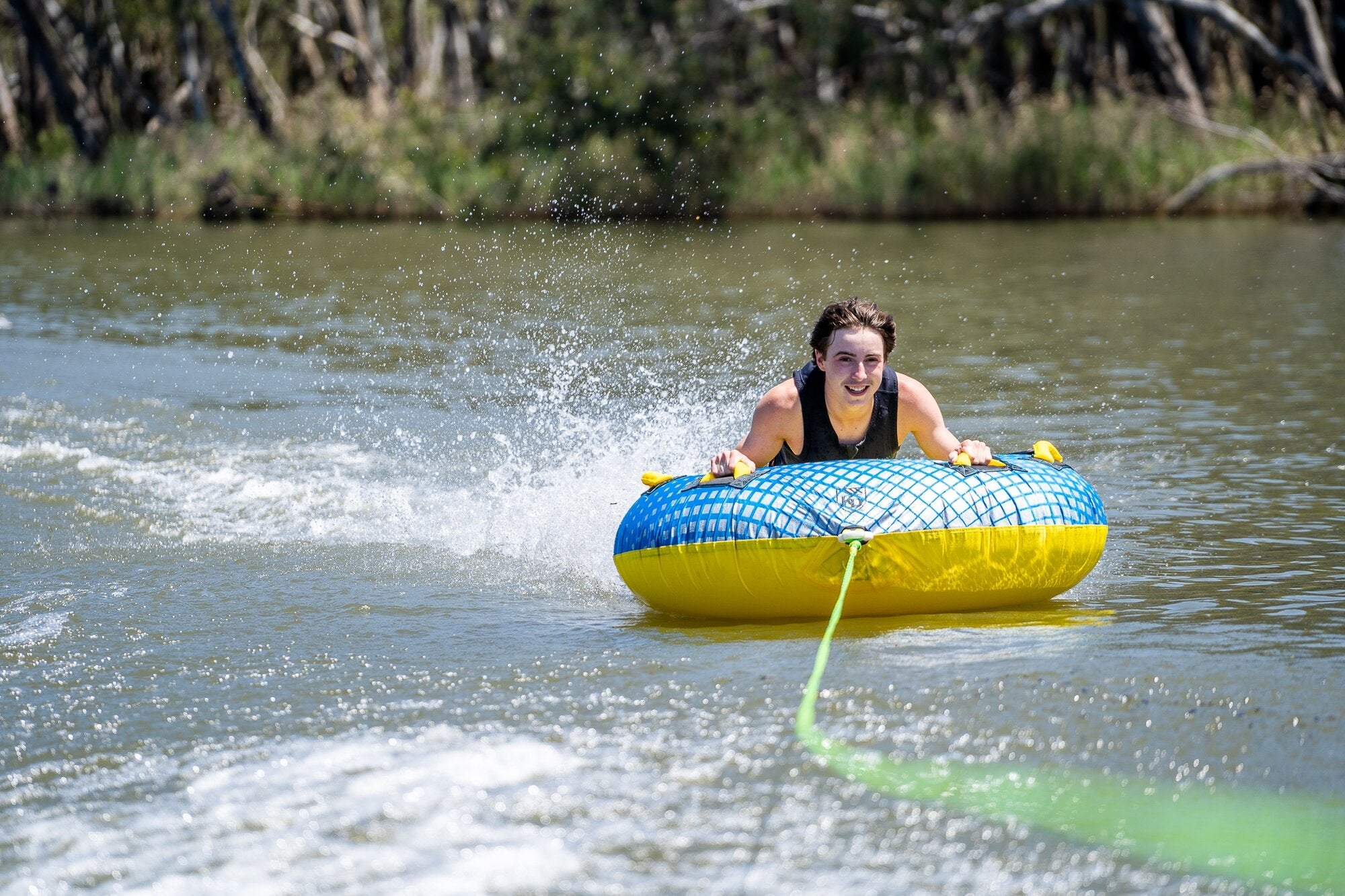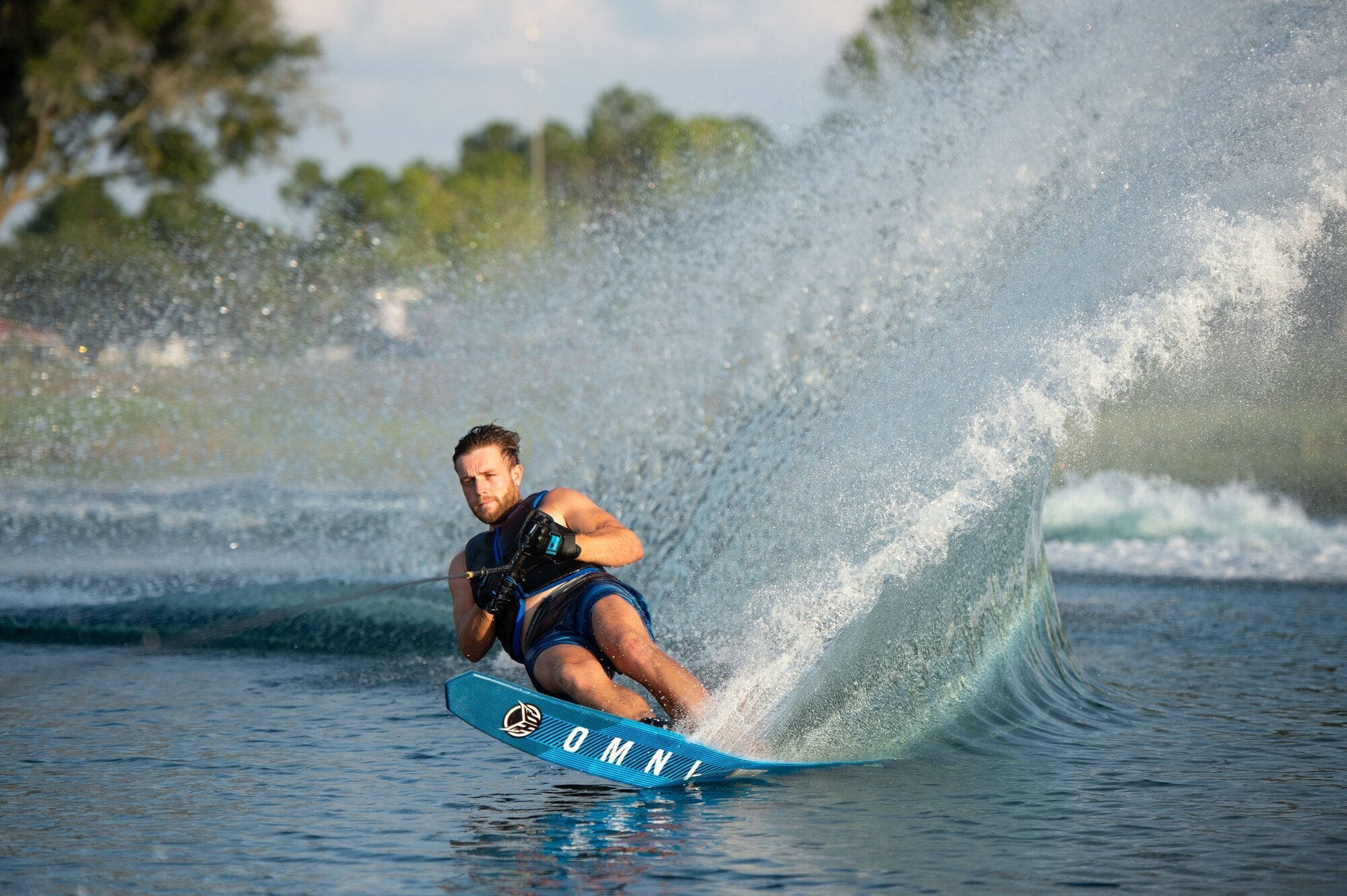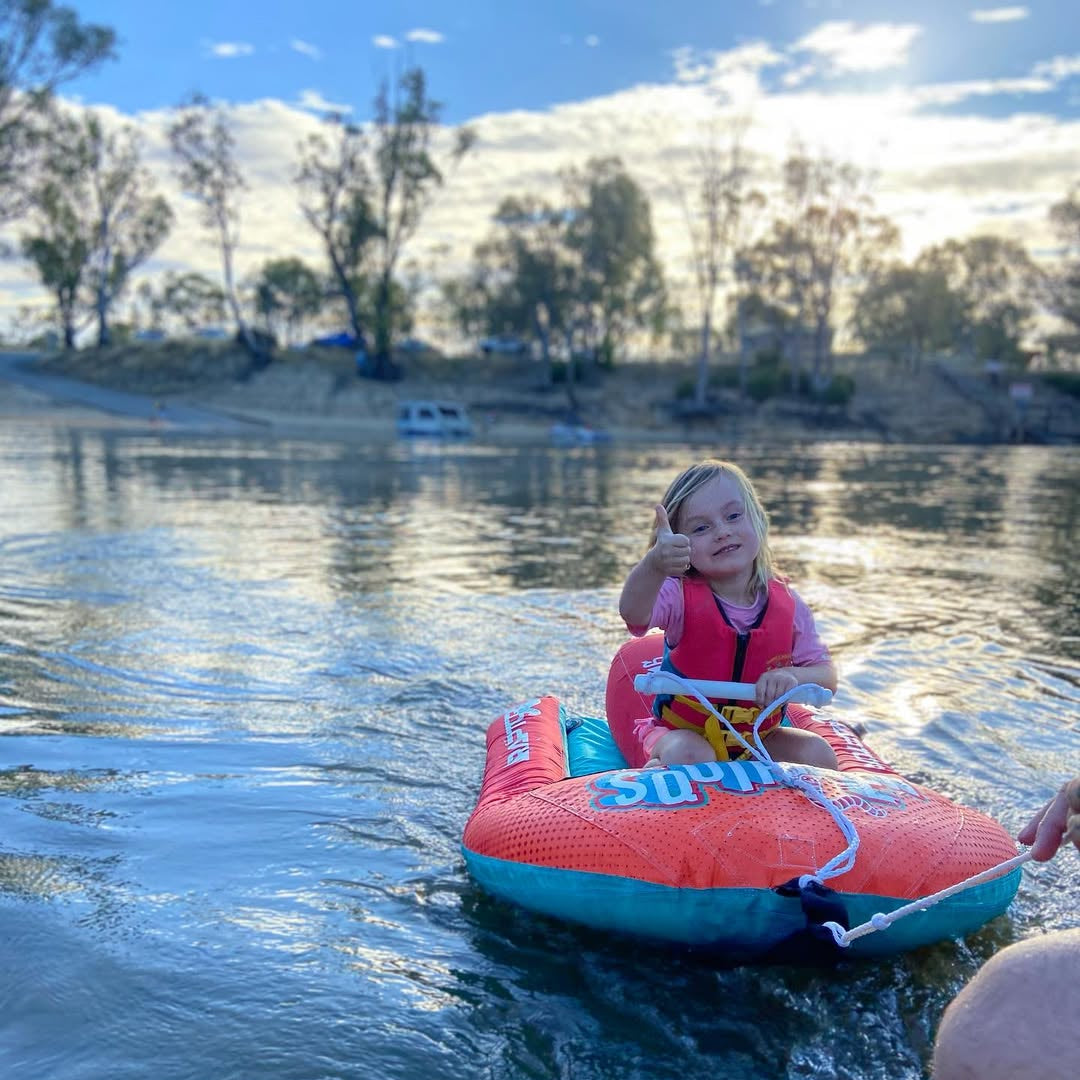Jet skiing is a thrilling water sport that is enjoyed by many people all over the world. While it's commonly associated with warm weather and sunny days, jet skiing can be enjoyed year-round, even in the colder winter months. However, dressing appropriately for the weather is crucial to ensure a safe and enjoyable experience.
In this post, we'll discuss in more detail what to wear on a jet ski in winter to stay warm and comfortable while having fun. We'll cover the different types of clothing and accessories you'll need to stay warm, dry, and protected from the cold wind and water.
Wetsuit
A wetsuit is a crucial piece of clothing for winter jet skiing. It is designed to keep you warm and protected from the cold water. Wetsuits come in different thicknesses, and the thicker the suit, the warmer you'll be. A 3/2mm wetsuit is ideal for winter jet skiing in most cases. Make sure the wetsuit fits snugly to prevent cold water from seeping in.
When choosing a wetsuit, consider the material it is made from. Neoprene is the most popular material used in wetsuits, as it is waterproof, insulating, and flexible. It's also resistant to abrasion and punctures, which makes it ideal for jet skiing. You can also opt for wetsuits made from other materials like titanium, which offers even better insulation.
Gloves
Gloves are an essential piece of clothing for winter jet skiing. They protect your hands from the cold wind and water and provide a good grip on the controls. Jet ski gloves are designed to be waterproof and provide insulation. They come in different styles, including full-finger gloves, three-finger gloves, and mittens.
When choosing gloves, consider the thickness of the material. Thicker gloves offer more insulation but can make it difficult to operate the controls. Thinner gloves may be easier to move your fingers but offer less insulation. Choose a pair of gloves that strike a balance between insulation and dexterity.
Boots
Wearing boots is important when jet skiing in cold weather as they keep your feet warm and protected. Jet ski boots are designed to be waterproof and offer excellent traction. They are usually made of neoprene or a similar material that insulates your feet and keeps them dry.
When choosing boots, consider the style and height of the boot. High-cut boots offer more protection from the cold water, but they may limit your mobility. Low-cut boots may offer more flexibility but provide less protection. Choose a pair of boots that fit well and offer a good balance between protection and mobility.
Jacket/Tour coat
Wearing a waterproof jacket is important to keep you dry and protected from the cold wind. A jet ski jacket is designed to be waterproof, windproof, and breathable. It should fit snugly and allow you to move your arms and shoulders freely.
When choosing a jacket, consider the material, style, and features. Look for jackets made of materials that are waterproof, windproof, and breathable. Check for features like adjustable cuffs, waist, and hood, which can help you adjust the fit and stay dry. You may also want to look for jackets with pockets, so you can keep your essentials like your phone, keys, and wallet safe and dry.
Life jacket
It shouldn't be a shock for us to say a life jacket is a critical piece of safety equipment that must be worn at all times when jet skiing, regardless of the weather. It's designed to keep you afloat in case of an accident and prevent you from drowning. When jet skiing in cold weather, consider a life jacket that offers extra insulation and protection from the cold water.
When choosing a life jacket, consider the fit, style, and features. Look for a life jacket that fits snugly and is comfortable to wear for an extended period. Consider the style, as some life jackets come with added features like handles, pockets and reflective strips.
Conclusion
Jet skiing in winter can be an exhilarating experience, but it's crucial to dress appropriately for the weather to ensure your safety and comfort. A wetsuit, gloves, boots, waterproof jacket, face mask, and life jacket are essential pieces of clothing and accessories to consider when jet skiing in cold weather.
When choosing these items, consider the material, fit, style, and features to ensure they provide the right amount of insulation and protection from the cold wind and water. With the right gear, you can enjoy jet skiing year-round, even in the winter months.

